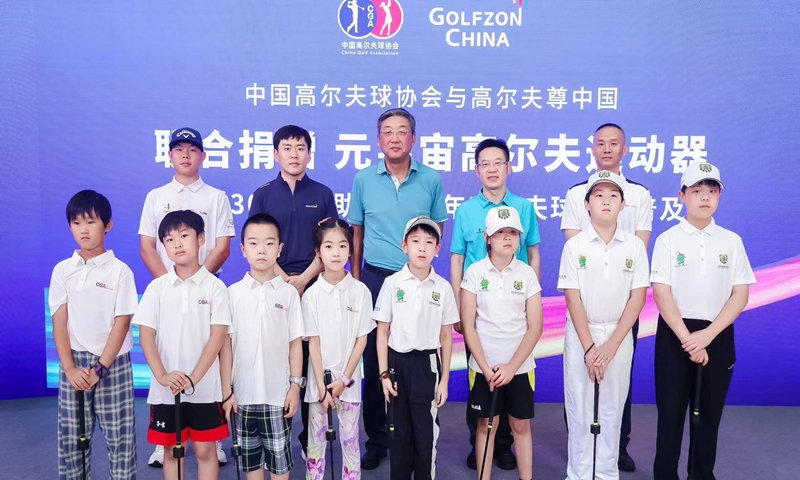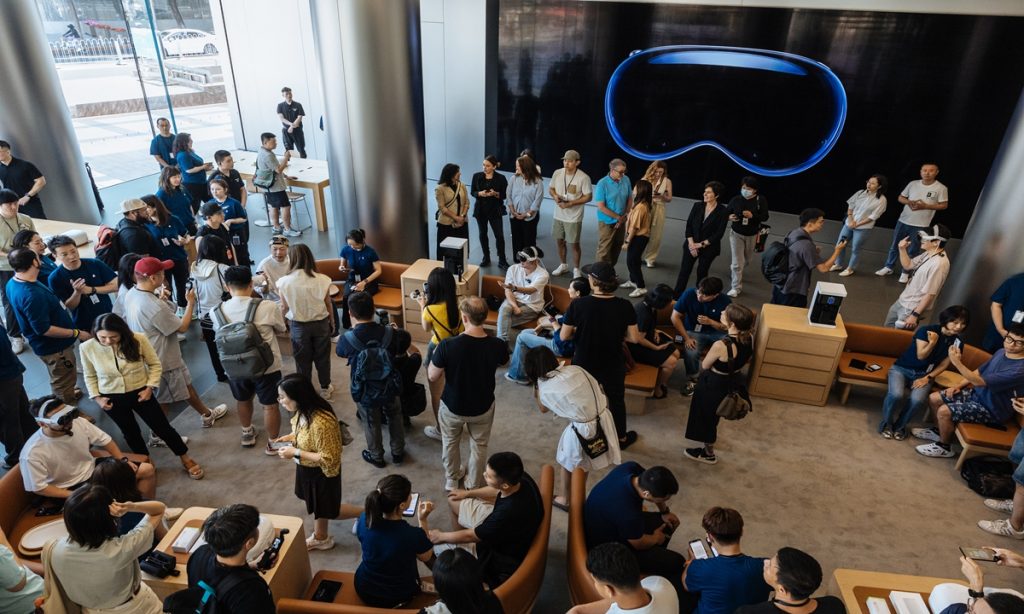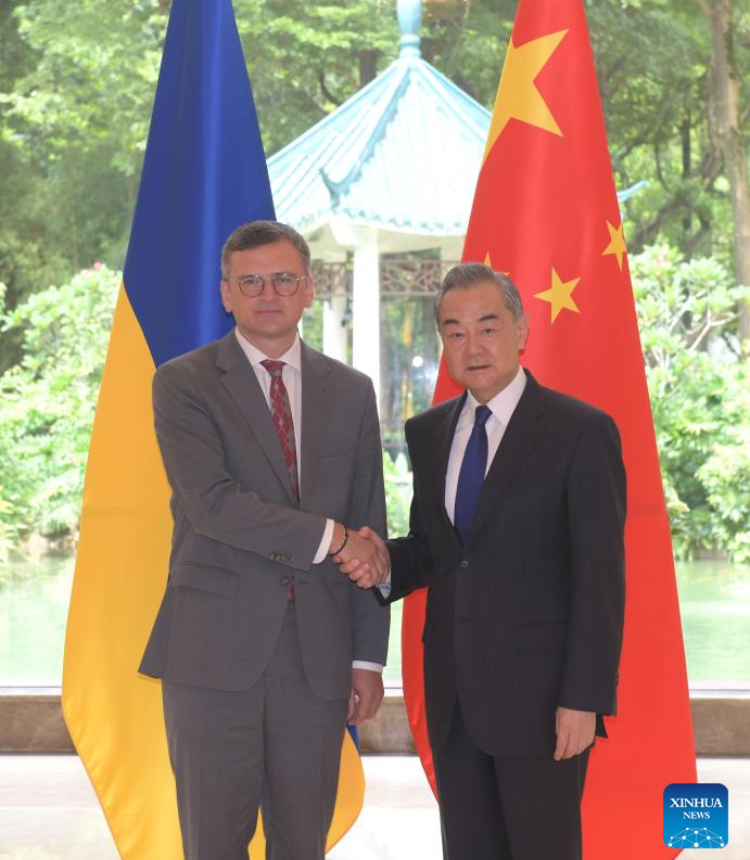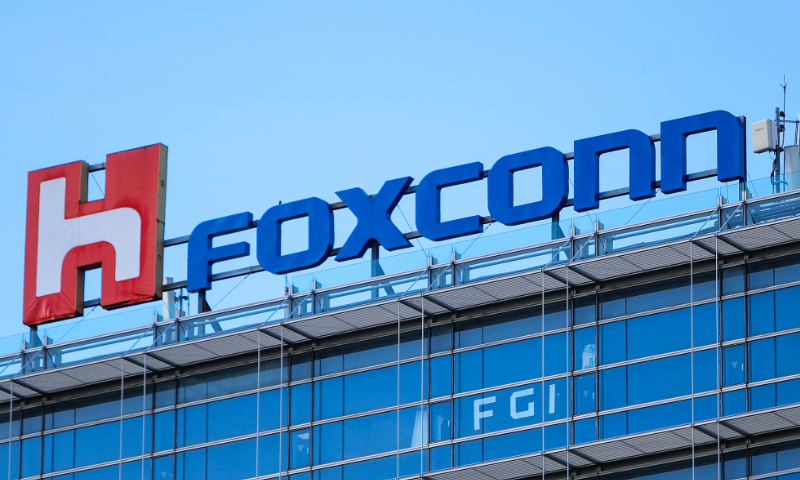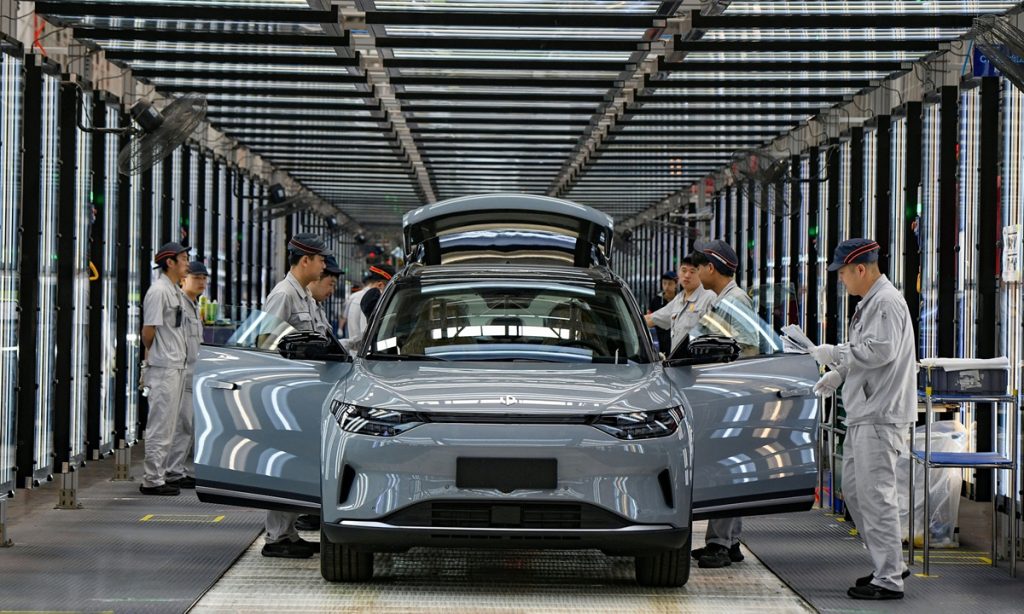LONGi selected for the 2024 Fortune Tech 50 list
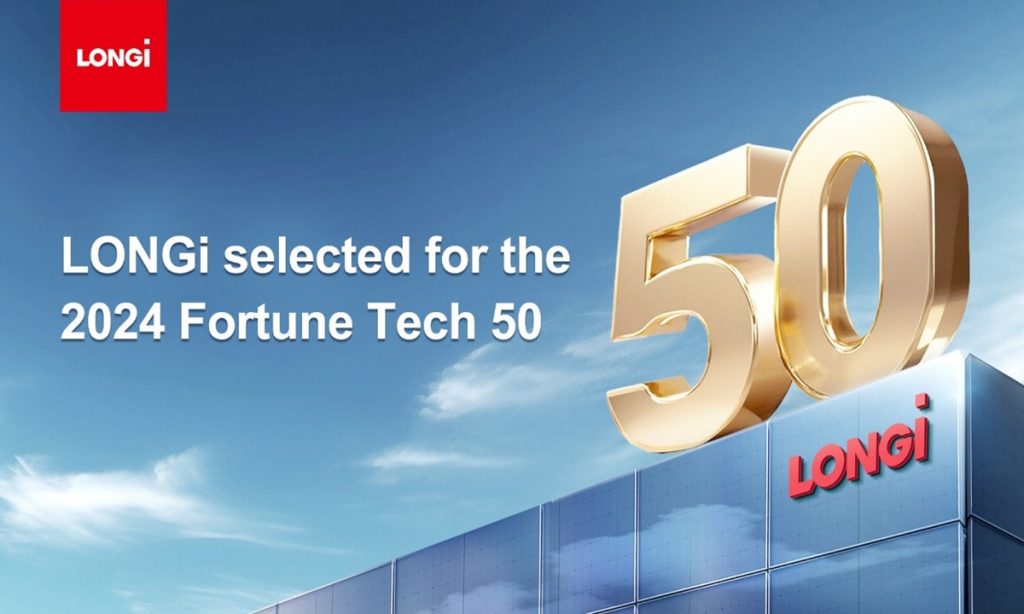
On August 21, Fortune China officially released the 2024 Fortune Tech 50 list, and the world-leading solar technology company, LONGi Green Energy Technology Co., Ltd. (hereafter as "LONGi"), was selected for its outstanding performance in technological innovation, product development, and intelligent manufacturing.
The Fortune Tech 50 list aims to identify technology companies from China that are influencing the world. These companies are driven by innovation, continuously invest in research and development, actively expand application scenarios, have achieved remarkable results in the domestic market, and are even leading global trends, making important contributions to the development of future technologies.
Innovation is the soul of LONGi and the internal driving force for the continuous development of the photovoltaic industry. As a member of China's photovoltaic industry, LONGi has made systematic breakthroughs in mono-crystalline silicon rods, wafers, cells and modules, contributing to the high-quality development of the industry.
In terms of wafers, the company-led project "Key Technological Innovations and Applications of High-Efficiency and Low-Cost Manufacturing of Solar Mono-crystalline Silicon Wafers" won the second prize of the National Science and Technology Progress Award. This is the first time that a private enterprise has won the highest honor in the national science and technology field as the first completing unit and the first finisher since the establishment of this award in the field of photovoltaics in China. The newly developed LONGi TaiRay wafer has broken the dilemma of no performance breakthrough in the single-crystal silicon wafer field for nearly 10 years, becoming a weathervane for the development of wafer technology.
In terms of cells, the company has made breakthroughs in multiple technical and process difficulties of PERC and BC cells. The "Super High-Efficiency and Low-Cost Back-Contact Crystalline Silicon Hetero-junction Solar Cells" and "Super High-Efficiency Silicon-Based Tandem Cells" led by LONGi's R&D team were successfully selected as "2023 Major Scientific and Technological Progress in the Field of Photovoltaics." Since this year, LONGi has refreshed its own world records with 27.30% and 34.6%, respectively, and is currently the "Dual Champion" of the world record for single-crystal silicon cells and crystalline-silicon-perovskite tandem cells. Since 2023, the company has focused on upgrading and iterating BC technology, forming a rich BC full-scenario product matrix, creating more value for customers with technological innovation + scenario satisfaction.
While achieving technological innovation, LONGi is also actively promoting intelligent manufacturing innovation. In December 2023, LONGi's Jiaxing Production Base was selected as a "Lighthouse Factory" by the World Economic Forum, which is also the first "Lighthouse Factory" in the global photovoltaic industry. In this "Lighthouse Factory," LONGi has extensively adopted new technologies such as industrial internet, big data, artificial intelligence, and digital twins, successfully implementing more than 30 digital use cases. With the help of digital and intelligent means, the company has achieved the leap from "manufacturing" to "intelligent manufacturing."
As a global solar technology company, LONGi adheres to the concept of "seeking development through innovation," focuses on future industrial technologies, and continues to lead efficient technology iterations and industrial transformations. The company has a national enterprise technology center and eight provincial enterprise technology centers, and has established a technical R&D team of more than 5,000 people. It has formed an efficient R&D system and sufficient technical reserves for "producing one generation, developing one generation, and reserving one generation" around clean energy technologies such as photovoltaics and hydrogen energy. In the past five years, LONGi has accumulated more than 23.5 billion yuan ($3.3 billion) in R&D investment. By the end of 2023, the company had accumulated 2,879 various authorized patents.
Over the years, from technological innovation, product innovation to intelligent manufacturing innovation, LONGi has been running at the forefront of technological innovation in the photovoltaic industry. In the future, the company will adhere to independent research and development, continuously enhance core competitiveness, and continues to create value for global customers with more reliable and efficient products and services.
About LONGi
Founded in 2000, LONGi is committed to being the world’s leading solar technology company, focusing on customer-driven value creation for full scenario energy transformation.
Under its mission of 'making the best of solar energy to build a green world', LONGi has dedicated itself to technology innovation and established five business sectors, covering mono silicon wafers cells and modules, commercial & industrial distributed solar solutions, green energy solutions and hydrogen equipment. The company has honed its capabilities to provide green energy, and has also embraced green hydrogen products and solutions to support global zero carbon development. www.longi.com
